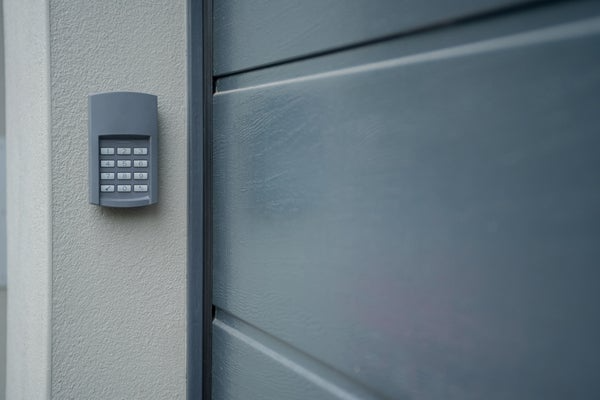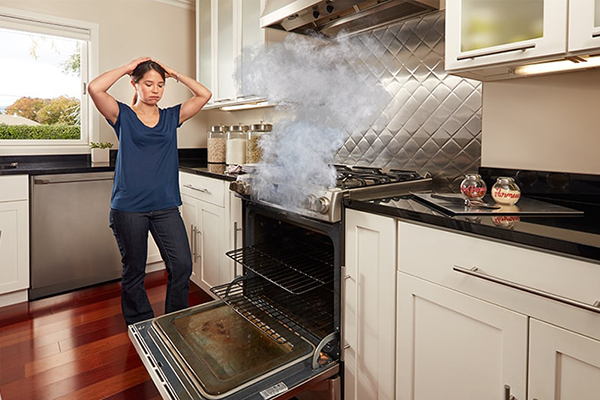The doorbell — this often ignored feature of your home — is probably the last thing on your mind to be repaired when it comes to the bigger issues around the house. If you have a lot of visitors or receive a lot of deliveries, however, this feature gets a quite a bit of use. What happens when it begins to malfunction, and eventually, your doorbell doesn’t work at all anymore? Is it costly to repair or replace? Should it be handled by a professional?
Common Broken Doorbell Causes
First, let’s assess the problem. The most common doorbell issues include:
- The button: If it won’t move, something could be blocking it. Try to clean it with a cloth soaked in rubbing alcohol, or spray it with some lubricant. If you can press it, but you don’t at least hear a low buzz, it needs to be replaced. A faulty button is the cause of most broken doorbells.
- The chime box: If the button isn’t the issue, remove the chime box cover, grab your volt meter and attach it to the two wires that go to the unit. If you get a signal from the wires when someone else presses the doorbell but you don't get a chime sound, your chime box needs to be replaced.
- The transformer: If you don’t get a signal from the chime box wires, you could have an issue with the transformer, located in or near the main electrical box and often labeled. If you don’t see physical damage to the wires (never touch them without first turning the power off, as they have a higher voltage than the other doorbell wires), test it with your volt meter, as well, by placing the probes on the screws where the doorbell wires are attached. You want the voltage reading to match the secondary voltage that’s marked on it.
- Faulty wiring: If you see physical damage to any of the doorbell’s wiring, that’s likely your problem. You can wrap wiring that simply has insulation damage in electrical tape. For all other issues, your safest option is to replace it. If you don’t see any physical damage, but you’re still having issues, the wiring that you can’t see between the doorbell and the chime box may be the culprit.




